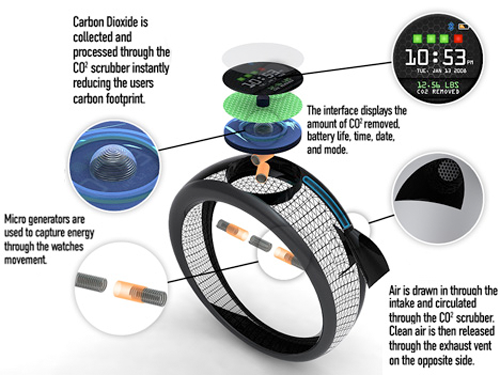

But what happens when temperatures at the top become too warm for the pika? So as the mountain climate heats up, the pika climbs the slopes in search of cooler habitat. The American pika, for example, is a small mammal that lives in cool mountainous areas in western North America-in fact, it can die when exposed to temperatures warmer than 78˚F. Hundreds of plant and animal species have already experienced changes because of climate change. Tropical storms could be stronger, and a continuing rise in sea level due to melting polar ice might push people out of their homes. Some places will receive more rainfall, which could lead to flooding, while other places will get less, which might mean drought. Warmer water changes the patterns of ocean currents, affecting global weather patterns. What could happen?Ĭlimate change affects more than temperature.

(Coral can’t survive in water that’s too warm.) They expect the climate will warm another. It doesn’t sound like much, but scientists think that the temperature increase has caused melting glaciers, drought, and coral reef die-off. The Earth’s average temperature has increased about 1.5☏ in the past hundred years. They’ve also ruled out the natural factors that caused warming in the past. How do they know? Through careful study, they know that the climate is warming about 10 times faster than the average previous warming times. That’s why many scientists agree that the Earth is now warming because of human activity.
:max_bytes(150000):strip_icc()/carbon-dioxide-molecule-545861181-5918b6765f9b586470f4575f.jpg)
That increases Earth’s temperature, which contributes to the planet’s warming. This gas traps heat that would otherwise escape Earth’s atmosphere. These energy sources release a gas called carbon dioxide (CO2) into the atmosphere. What's different now?īut during the past few hundred years, oil, gas, and coal have powered homes, cars, and factories.


 0 kommentar(er)
0 kommentar(er)
